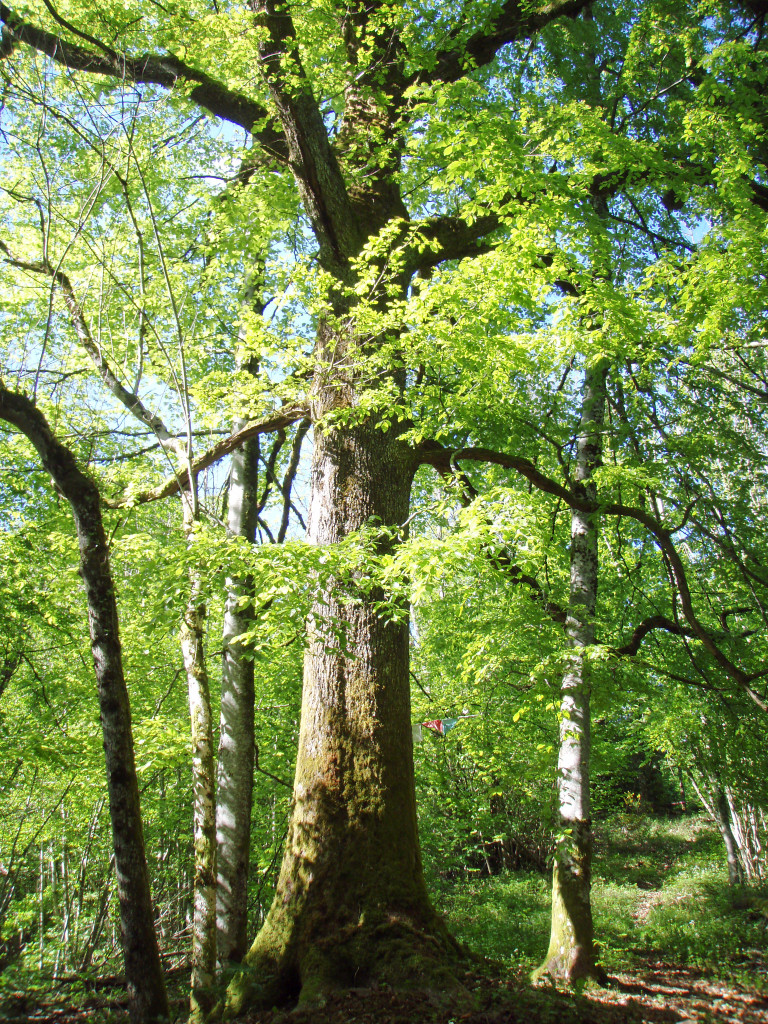
Faerie Roots
Faeries
Faerie History In Europe
The first call to ‘radical faeries’ was made in the late 1970s by veterans of the gay liberation movement including Harry Hay, his lover John Burnside, and activists Don Kilhefner and Mitch Walker.
Their call went out to those who “…know that there is more to us than hetero-imitation.. who are ready to move on.. who have broken through and are ready to share those breakthroughs”.
Called ‘spiritual conferences’, and held in the desert in the southwestern United States, the first faerie gatherings had as their aims:
“To share new insights about ourselves;
To dance in the moonlight;
To renew our oaths against patriarchy/corporations/racism;
To hold, protect, nurture and caress one another;
To talk about the politics of gay enspiritment/the enspiritment of gay politics;
To soar like an eagle;
To rediscover/re-invent our myths;
To talk about gay living/loving alternatives;
To experience the groundedness of the calamus root;
To share our gay visions;
To sing, sing, sing;
TO EVOKE A GREAT FAIRY CIRCLE”
Early faeries saw that with increased acceptance, urban gay culture was drifting towards increased assimilation. Growth of the radical faerie community led to the creation of spaces for queerkind to focus and develop its special and unique characteristics. Though the history of the radical faeries is closely tied to that of gay liberation, faeries have grown to welcome queers of all genders and all sexualities at faerie gatherings and sanctuaries.
…are queers of all ages, genders, shapes and sizes of all races, nationalities, and faiths who connect to life and to each other through the blessings of nature, the power of the heart, through listening and sharing our stories through our bodies and spirits and through humor, drag, song, good food, drumming, trance, massage, ritual, play, sensuality, spirituality and sexuality.
…are queer people exploring tribal life, sustainability, and harmony with nature, queer people finding non-judgmental cooperation and discovering subject-subject consciousness.
…have no religious dogma but are full of spirit.
…refuse hierarchy and embrace consensus and are passionate about empowerment.
…meet in cities, on beaches, in forests and on mountains. Wherever they are, they create community of the heart and welcome all who wish to explore living and being this way.
The seeds of the European Faerie community were planted in 1994 when three individuals, Habibi Ding, Eilendes Wasser, and Junis–inspired by the faerie spirit in North America–came together to host the very first faerie gathering on the island of Terschelling, off the coast of the Netherlands.
From 1995 to 2005 these international summer gatherings grew wings to embrace a growing community and the dream of a European faerie sanctuary took root. A search for land lasting four years was undertaken until– FOLLETERRE – in northeastern France called to the faerie spirit and was made a Faerie home.
The creation of a sanctuary in Europe is an expression of what friendship, group magic, and group energy can accomplish. Many thanks are owed to Habibi, Eilendes Wasser, Deetale, Franny, Lanai, Beebalm, Blanche, and all the other individuals who contributed much during the vulnerable early years of Folleterre and laid the foundation for the sanctuary of today.
Many gatherings take place at Folleterre, but gatherings also continue at other venues in other European countries. For more information, visit www.eurofaeries.eu